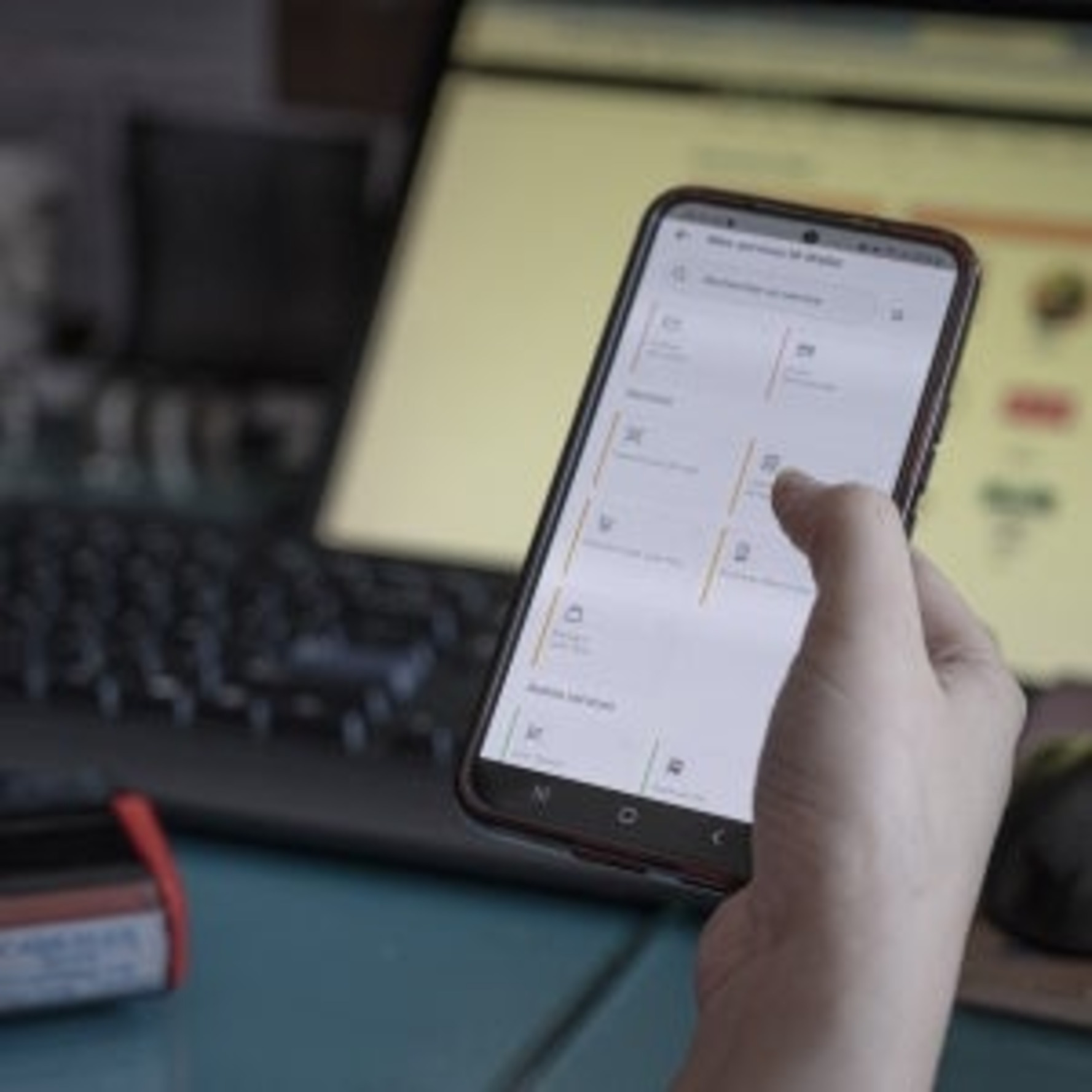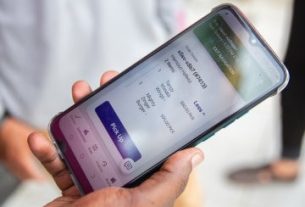Since the 2022 Russian invasion of Ukraine, over 14 million people (almost a third of Ukraine’s population) have fled their homes, with an estimated 3.7 million people displaced internally and 6.5 million seeking refuge globally. The loss of homes and destruction of hundreds of medical and educational centers have gravely impacted people’s access to healthcare and education, and reconstruction is projected to cost $486 billion over the next decade.
Globally, the size of the population living in hardship has surged. The World Bank estimates that more than 1.8 billion people reside in conflict-affected and fragile states. These countries face immense challenges, including economic instability, weak or damaged infrastructure, and limited access to financial services.
Government and humanitarian organizations are frequently stretched to their limits in providing essential services. But the digital infrastructure needed to support efficient, digital disbursements is also harder to develop and maintain in times of crisis.
Ukraine offers one example of where public/private collaboration has helped to address these constraints, and how investment in digital transformation can help lay the groundwork in cases of unexpected events or crisis response.
Diia as a channel for social support in the Ukraine crisis
Since the 2022 Russian invasion of Ukraine, over 14 million people (almost a third of Ukraine’s population) have fled their homes, with an estimated 3.7 million people displaced internally and 6.5 million seeking refuge globally. The loss of homes and destruction of hundreds of medical and educational centers have gravely impacted people’s access to healthcare and education, and reconstruction is projected to cost $486 billion over the next decade.
Globally, the size of the population living in hardship has surged. The World Bank estimates that more than 1.8 billion people reside in conflict-affected and fragile states. These countries face immense challenges, including economic instability, weak or damaged infrastructure, and limited access to financial services.
Government and humanitarian organizations are frequently stretched to their limits in providing essential services. Digital payments can help governments and aid agencies improve disbursements — minimizing risks with cash handling, reducing administrative overhead, and ensuring funds reach intended recipients swiftly and securely. But the digital infrastructure needed to support efficient, digital disbursements is also harder to develop and maintain in times of crisis.
Ukraine offers one example of where public/private collaboration has helped to address these constraints, and how investment in digital transformation can help lay the groundwork in cases of unexpected events or crisis response.
Diia as a channel for social support in the Ukraine crisis
In 2020, Ukraine’s Ministry of Digital Transformation led the introduction of Diia, a digital portal for public services in the country. The word Diia means “action” in Ukrainian, but it’s also an acronym for a Ukrainian phrase meaning “the state and me”.
Diia acts as a unified access point for a wide range of government services, such as applying for social assistance, renewing driver’s licenses, and paying taxes, among other services. Prior to the introduction of Diia, most of these services were paper-based and distributed through a series of local government service centers. However, the government’s partnership with Visa has enabled digital acceptance of payments for government services (Person-to-government or P2G payments). By 2021, Visa was also supporting the delivery of social assistance payments on the Diia app via virtual cards (Government-to-person or G2P payments).
All issuing and card-acquiring banks in Ukraine are invited to be a part of this program, with the latter offering contactless payments for merchant acceptance. For P2G payments, local banks route them through VisaNet, Visa’s global payments infrastructure, into existing bank accounts held by Ukrainians. As of the 2021 Findex survey, nearly 84% of adults in Ukraine held bank accounts.
Since Russia’s invasion of Ukraine in 2022, Diia has played a critical role in maintaining and even expanding services to citizens. A simplified war-time digital ID, digital versions of passports, war bonds, and translated documents for quicker transit through border checkpoints have been introduced in addition to expanded support for social payments. These include a one-time payment of UAH 6,500 (USD 158) to those from areas affected by the war, and an ongoing UAH 2,000 (USD 49) per adult and UAH 3,000 per child (USD 73) monthly payment to those who have lost their homes and livelihoods.
As Diia already provides access to payroll, business registration, and residence records from before the war, citizens can verify their eligibility and apply for support directly via the Diia app. In the first week of war-related financial aid being publicized in March 2022, over 2.7 million applications were submitted. The Diia digital portal and payment services have helped the government to make support payments quickly and efficiently, even in a time of war.
Bridging the divide for countries in crisis
The pre-war investments in digital infrastructure and high financial inclusion rates seen in Ukraine have benefited the country as it has navigated this time of crisis. This model of public-private partnership offers a proof point for other countries to learn from and move faster by partnering to support local capacity development.
With almost a quarter of the world’s population living in fragile and crisis-affected areas, and with the challenges of climate change, conflict, and inequality only increasing this vulnerability, digital payments capable of meeting needs in times of crisis have never been more critical.
Such partnerships can support government capacity but also serve in more urgent, humanitarian, or disaster response contexts. For example, in Lebanon, SIREN Associates has played a key role in supporting the development of government capacity for social protection systems, developing solutions made by and for Lebanese. Yet, international partnerships can also offer a way to kickstart this capacity development where locally-grown solutions may not otherwise be possible.
With almost a quarter of the world’s population living in fragile and crisis-affected areas, and with the challenges of climate change, conflict, and inequality only increasing this vulnerability, digital payments capable of meeting needs in times of crisis have never been more critical. Every tool we have available to help strengthen resilience is needed. And for digital payments to fulfill their promise, we must do everything that we can to support the systems that enable them, even – and especially – in times of crisis.



